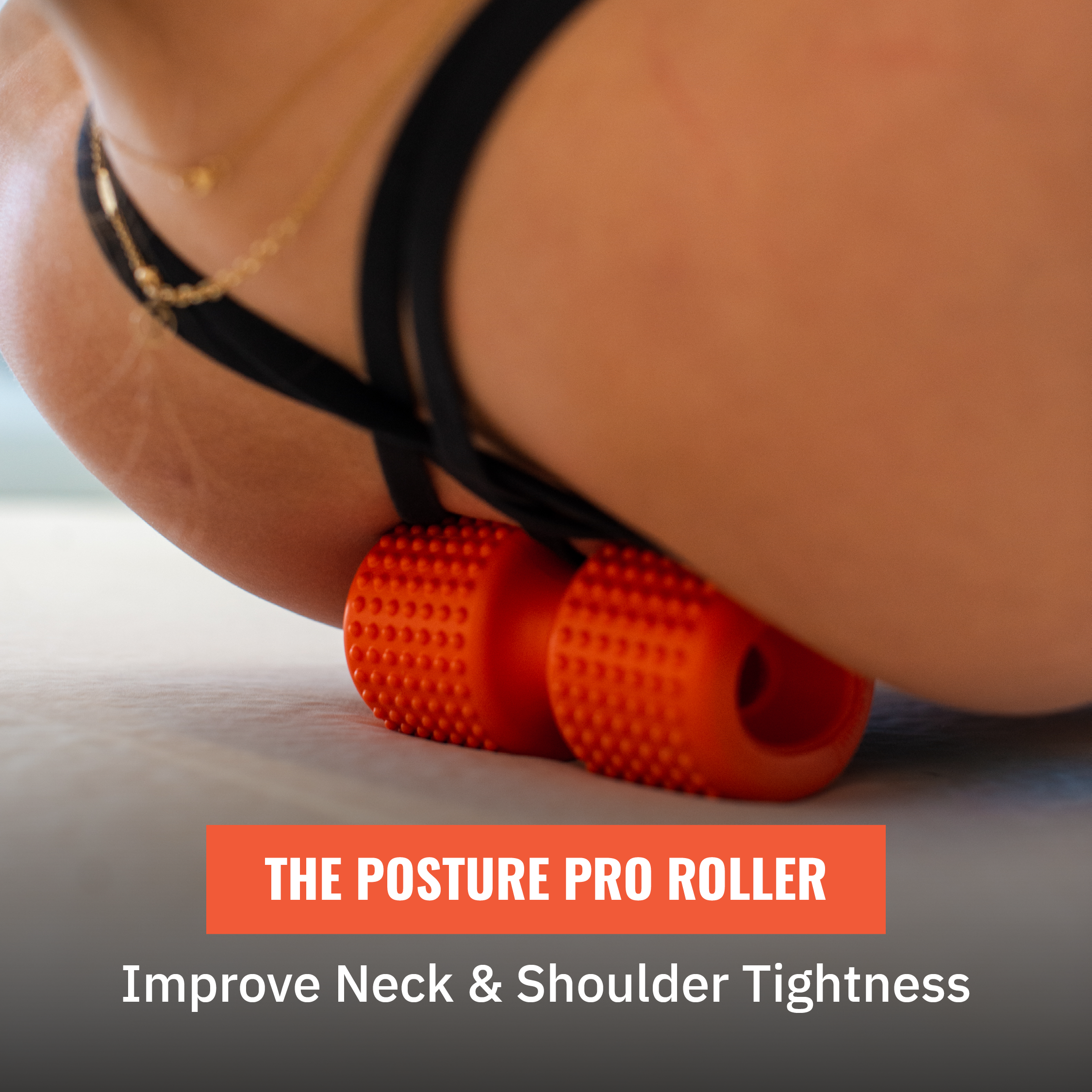Pocket Physio, Pocket Physio Max, Pocket Physio Rocket, Lacrosse Ball, Tennis Ball, Foam Ball.
There are a lot of trigger point tools on the market. There are foam balls, there are lacrosse balls, there are trigger triangles, the list is endless. On top of this there are different densities, there are different manufacturers, there are different ways that you can use the tools and, there are different body parts that you can use them on. they all have their place, but sometimes it can be hard to make sense of what is out there and what you need.
So what is the difference and which tool do you need?
Obviously we are a little bit biased and we prefer the Pocket Physio range but we will go through the main types so that you can make up your own mind. Pocket Physios are an original product designed by us to meet a need that we couldn’t find elsewhere on the market, so we'll start with our Pocket Physio range.
We have three "Pocket Physio" models. The Original Pocket Physio, the Pocket Physio Max, and the Pocket Physio Rocket.
Pocket Physio
The Pocket Physio is a medium density small triangular (pointy) trigger point tool. Think, about the same firmness of the fleshy part of between your thumb and palm, when you touch your thumb to your ring finger. It has a bit of give, but not too much. It is designed to replicate the feeling of a physical therapist or physiotherapist pressing into your body with their thumb. It does have its limitations, mainly that it is quite small, so for larger muscles like the glutes or hammies, or lats it can be a little finicky to find the right spot. It's smaller size means that it is perfect for traveling however (chuck it in your carry on to take on and use on a flight or layover). It is also perfectly suited to reach into areas that you may find yourself massaging daily and to provide instant relief, like the forearms, neck, chest, calves, feet.
Pocket Physio Max
The Pocket Physio Max is the same density as the Pocket Physio (touch your ring finger with your thumb) but it is quite a bit bigger, replicating the feeling of the elbow of a physiotherapist being pressed into your body (though you get to control the force). The larger size allows you to get deeper into your muscles, or to target bigger or deeper muscles (like the glutes, hammies, pecs). It is still quite light (less than 200g) so would not be unsuitable for travel either). This is probably our most popular product, and while we do generally say that it is 'suitable for athletes' there is no reason that this cannot also live on your desk at work all day to provide relief from some of the postural pains that come from looking at a computer.
Pocket Physio Rocket
Don't be frightened off by its unique shape, this one will hurt, but will also do the job. Much firmer than the other two pocket physios, this is designed to reach deep muscles that it is hard to trigger otherwise; the groin, the hip flexor and the pec?. It has a much wider base for stability and is much longer which allows you to hold the rocket up to the wall and lean in to use your body weight to apply pressure to the trigger point (without your chest or stomach getting in the way, or ankle flexibility holding you back). This one was formulated for athletes, or for people who are quite familiar with what they are doing in terms of triggering but you are certainly able to speak with a rehab specialist for targeted plans for the Rocket if you wish.
Lacrosse Ball
Massage Balls are useful because they allow you to roll along the muscle to trigger. They function similarly to the Pocket Physios, but because they are round and not as pointed they provide a less intense pressure, and forces are spread over a larger area of the muscle. This means that balls function more like a foam roller than a trigger point tool.
Lacrosse balls are hard, solid, rubber. They are very unforgiving and can often be quite uncomfortable to trigger with (which is not necessarily a bad thing). Rolling the ball along your muscles has the benefit of finding hidden points of tension that can be causing you referred symptoms.
Foam Ball
Foam balls are soft. The provide similar benefits to the Lacrosse ball, but because they are soft they tend to have a bit of give, and provide even less sensation when triggering muscles. The muscles that can be treated by a foam ball are most comparable to those of the original pocket physio, being superficial smaller muscle groups, because the pressure required to target larger muscles may deform the ball. They are generally particularly light, so well suited to travel.
Tennis Ball
Tennis balls are full of air. This means that they deform quite easily and provide only limited resistance in terms of triggering. The provide a similar level of benefit to that of the foam ball, though this can often be even more reduced due to the deformation of the ball.



